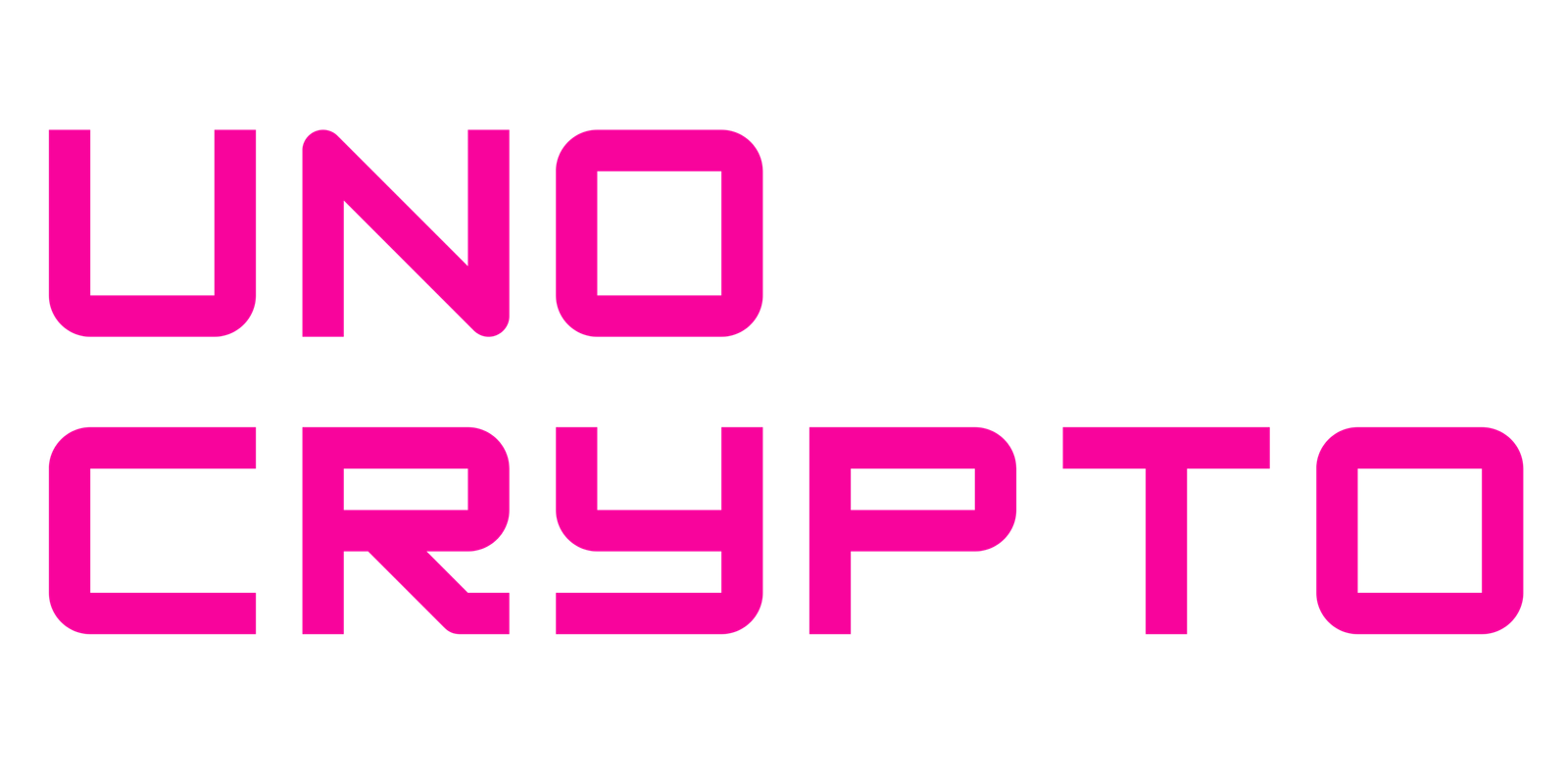FTX said its bankruptcy estate will begin a third round of payouts of $1.6 billion to creditors on Sept. 30 as part of its Chapter 11 plan. The move covers both convenience class creditors, who are mostly retail users, and non-convenience claimants, which include larger or more complex claims.
The payments follow earlier distributions that returned roughly 120% of balances to many retail users and come from recovered funds collected under the restructuring plan.
How do the payouts work?
Funds will be sent through creditors’ chosen distribution services, such as Bitgo, Kraken, or Payoneer, and should arrive in 1 to 3 business days after Sept. 30.
The convenience class refers to the many small retail accounts that make up nearly all of FTX’s claimant base. The non-convenience group covers larger accounts and more complex legal claims.
FTX officials say the latest payouts aim to keep the plan moving and meet obligations to both groups.
What creditors have already received?
FTX made two earlier distributions that were designed to give retail users about 120% of their balances at the time the company filed for bankruptcy.
Unsecured lenders, including Classes 6A General Unsecured Claims and 6B Digital Asset Loan Claims, have received a cumulative 85% distribution so far. The bankruptcy plan projects full recovery for these lenders if the plan holds.
Also Read: FTX Creditors Targeted By Phishing Email Scam Amid Ongoing Payout Concerns
Where did the money come from?
The company’s reorganisation plan, finalised in October 2024, relies on more than $15 billion in assets that were recovered after the collapse. That pool includes cash from FTX operations, funds recovered through clawbacks, and proceeds from selling investments.
Those sales included stakes once held by Sam Bankman-Fried in an AI company and in a brokerage, along with large holdings of tokens like SOL and SUI.
Why do some users remain unhappy?
Some former customers say the cash they get from the estate is worth far less than their original crypto would be today.
The market has rebounded since the worst days of the bear market, and many users feel the payouts do not make up for the value they lost. That frustration has followed the estate through the reorganisation process.
Timing and logistics
FTX said eligible creditors who selected a distribution service will receive funds through Bitgo, Kraken, or Payoneer.
The company expects transfers to clear within 1 to 3 business days beginning on Sept. 30. Creditors should check the service they chose for exact timing and any fees that might apply.
Legal and security headwinds
The reorganisation is also facing other strains, as UnoCrypto reported that Kroll, a firm handling creditor data and other advisory work, is now the target of a class-action lawsuit after a data breach exposed sensitive information tied to FTX, BlockFi and Genesis.
The suit was filed in U.S. district court by Hall Attorneys on behalf of FTX customer Jacob Repko and others. The complaint accuses Kroll of negligence for failing to protect creditor data.
Background on the collapse
FTX filed for bankruptcy on Nov. 11, 2022, after a liquidity crisis. The crisis was driven by massive customer withdrawals and allegations that customer funds were misused by FTX leadership and its related trading firm.
The Chapter 11 process has aimed to recover assets and return value to creditors over time.
Also Read: Data Leak Exposes FTX Creditors To New Wave of Scams, Activist Issues Warning


